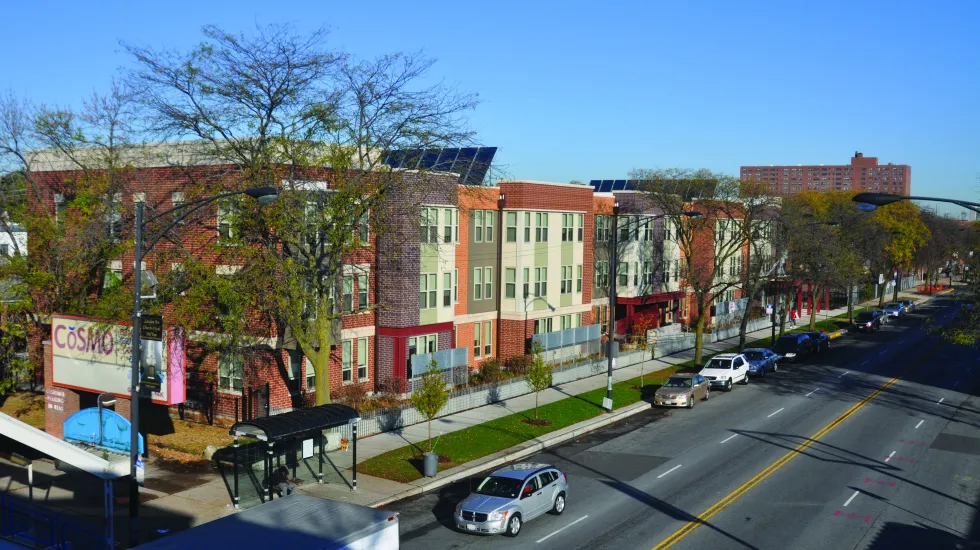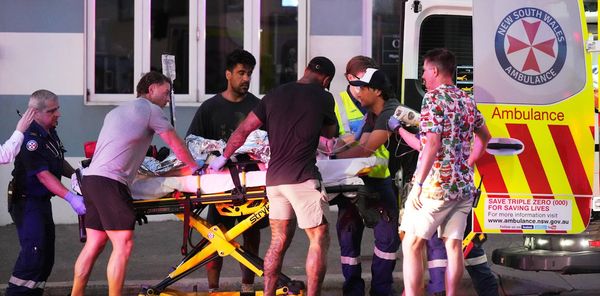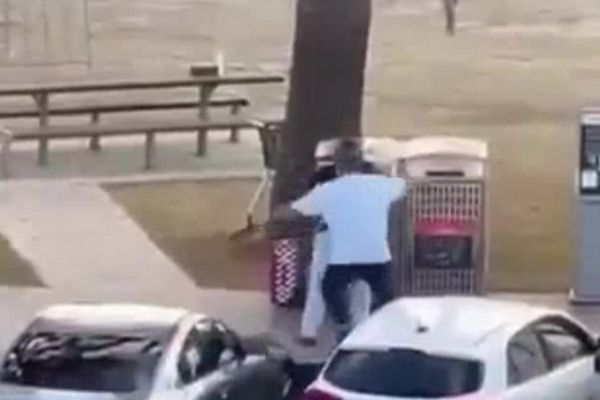
Over the past decade, thanks in large part to the work of one nonprofit group, Chicago’s Woodlawn neighborhood has seen big increases in median household income and homeownership rates, according to a new report.
That report, released Thursday, credits the national nonprofit group Preservation of Affordable Housing with attracting more than $400 million in federal, state and city funding in that time.
Produced by researchers from Case Western Reserve University and the University of Illinois at Chicago, the report discusses the work Preservation of Affordable Housing has done since 2011 in helping stabilize the neighborhood’s housing stock in the wake of the Great Recession, which hit in 2008.
That increase in incomes was seen across the board, even in lower-income households, with the largest growth in households with children.
Amy Khare, lead author of the report, called the work undertaken by the nonprofit and its community partners a “unique example, since it illuminates how community reinvestment in majority-Black spaces can produce meaningful change that benefits existing residents.”
“Woodlawn’s trajectory is relevant for many neighborhoods across Chicago and throughout the United States where movements to achieve economic, housing, and social justice seek to rectify the hardships caused by anti-Black racism, disinvestment and exclusion by government and private entities over past decades,” Khare said. “There is hope for racially equitable development.”
Preservation of Affordable Housing works to save and create affordable housing in economically disadvantaged communities across the country. The organization has over 12,000 affordable homes in 11 states and in the District of Columbia.
Bill Eager, senior vice president of real estate development for the group, said its work in Chicago started in 2008, and ending up in Woodlawn was almost an accident. They had just opened their office when they were contacted by the Grove Park Tenant Association tenants’ group to save their Section 8 housing development, the Grove Parc Plaza Apartments.
The nonprofit joined with the city to apply for a $30.5 million Choice Neighborhoods Initiative grant from the federal Department of Housing and Urban Development.
That grant “really helped jump-start the work,” Eager said. “We worked on that development in phases and had to demolish all of the buildings that were there because they weren’t salvageable, and it’s been replaced with mixed-housing new construction.”
The report said the way the nonprofit approached that development was the catalyst for the neighborhood’s economic improvement, which also laid the groundwork for future affordable housing projects and commercial development.
“The global financial crisis that hit in 2008 temporarily slowed Woodlawn’s revitalization process. Property values fell, and foreclosures and vacancies grew,” the report said. “The tide began to turn,” however, with that HUD grant.
Since then, POAH and its partners have helped bring 1,000 mixed-income apartments and 90,000 square feet of new commercial and community spaces. It has renovated foreclosed properties and built new homes on vacant lots.
With those investments, the median household income grew from $25,632 in 2000 to $29,728 in 2018, according to the report — an increase of about 16%. Homeownership grew by 23% and renter-occupied units decreased by 14.7% during that same time.
“There is no way we do all of this by ourselves,” Eager said. “We needed substantial and sustained financial assistance from our public partners, which we got. We also needed the engagement and buy-in from the community, which we also got.”
But Woodlawn is in a different place than it was when the nonprofit first entered the neighborhood. The Obama Presidential Center is under construction, and that has people concerned, Eager said, with good reason.
“It’s interesting how much the debate has shifted,” Eager said. “It moved from ‘How can we attract new investment with this neighborhood that has phenomenal potential,’ to ‘How do we pair this new investment with protections for long-time residents by preserving affordable housing and simply keeping the neighborhood affordable?’” Eager said.







